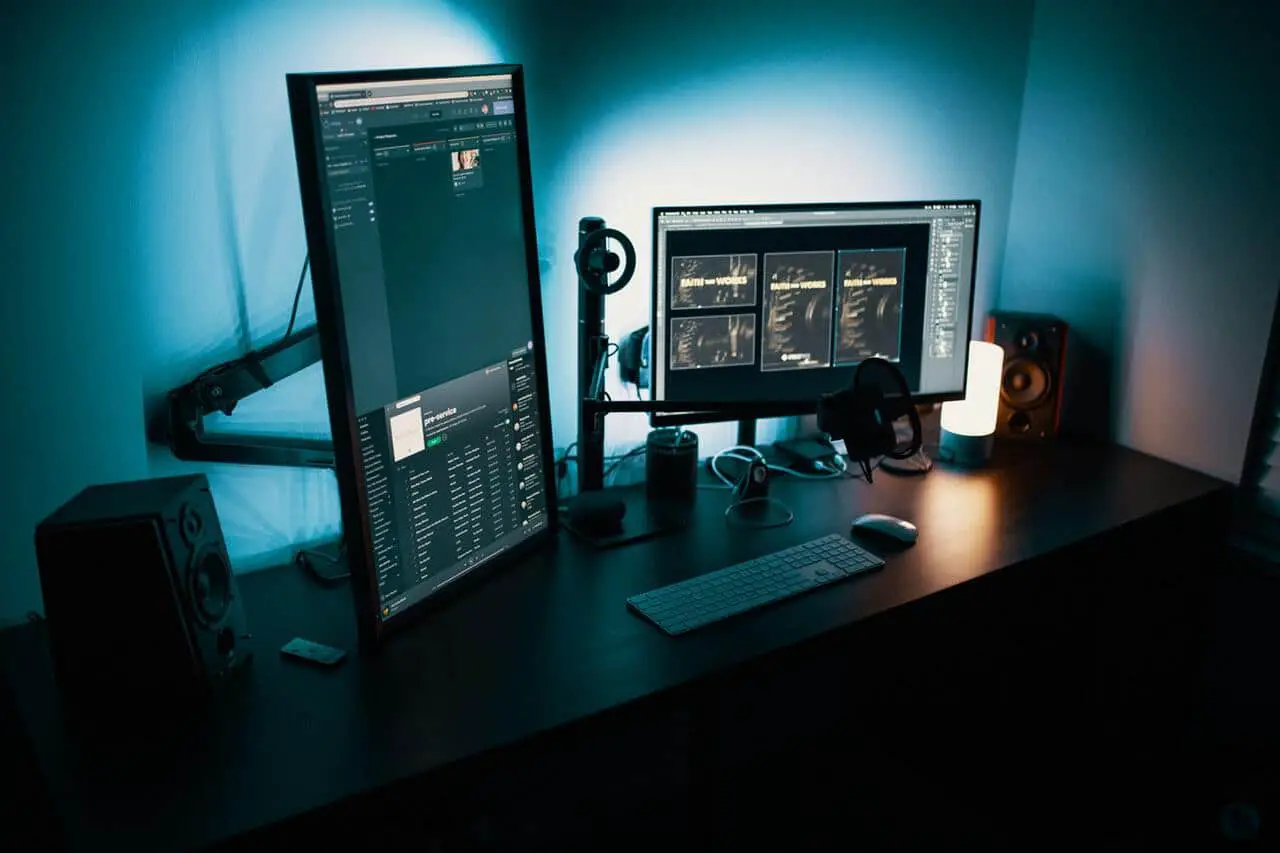Amateur radio, or “ham” radio as it’s more popularly known, is experiencing a resurgence in popularity. To most people, wireless radio may seem like an outdated technology in the age of the Internet. But, oftentimes, it is the only viable means of communication during disasters when the power goes out.
It is also easier to get into the hobby than ever, since the equipment needed to start is affordable and easy to learn how to use. And while you will need a license to become a ham radio operator, the license exam is easy to pass. Many of the more difficult requirements, such as having to know Morse code, have been removed. It is basically a multiple-choice test that you learn the answers to.
Before you buy, however, it should be noted that the type of license you get dictates where you can broadcast. The entry-level Technician license allows you to operate only in VHF, UHF and microwave bands. This means you can only broadcast locally, and within North America. If you want to broadcast globally on the high frequency band, you will need a General license.
Choosing a Transceiver
The basic piece of equipment that you need is a transceiver. This allows you to both transmit and receive on the allowed frequencies. There are three common types:
Fixed desktop transceivers. Also known as base unit transceivers, these are placed in a fixed location and can commonly broadcast over a large range.
Mobile transceivers. These handheld devices have less power and fewer features than base unit devices. However, they have the advantage of being portable, which is invaluable during emergencies or when the operator is on the move.
More advanced units use software-defined radio technology. SDR transceivers use computers to control the features. You can add more features simply by changing the software.
If you want to start out with the most basic equipment first, you can get a handheld radio. The most commonly recommended ones are made by Chinese manufacturer BaoFeng, and are very affordable. You can also use them in conjunction with mobile units.
One important accessory that you need to consider as well is a good-quality microphone. While the microphone that comes with your transceiver is good enough to start with, eventually, you will want to upgrade.
Some features to look for in a microphone include whether it can work with higher frequencies, and if it has a built-in frequency adjuster. For convenience, some ham operators might want to invest in a headset with headphones and an adjustable boom mike that you can place in front of your mouth.
Another accessory to consider is an external antenna tuner. This can help you get the best reception if the antenna you are using is in danger of being overloaded. While transceivers do have built-in tuners, these are usually only designed to handle transmissions the antenna is optimally designed for.
It is important that you do your research before you buy a transceiver. There are many resources you can tap that can guide you, such as local ham radio clubs or the website of the American Radio Relay League (ARRL). It is the national organization of amateur radio operators.
Choosing an Antenna
You should also get an antenna to increase your range. The typical antenna used for home-based units are horizontal ones, which can go as high as 33 feet or more, and can be directional or omnidirectional.
If you have limited space or setting up a horizontal antenna is not practical, there are vertical antennas that run along the ground. Vertical antennas are omnidirectional. This means the signals are emitted in all directions simultaneously.
There are also beam antennas that come in various sizes and shapes. These can turn to focus on certain signals.
Another consideration is the feedline. These are cables that connect the transceiver to the antenna. To get the best results, use the best quality feedline that you can afford, since lower quality cables may result in higher loss of received signals and transmitter output.
What to Keep in Mind
When you are first considering investing in a ham radio, the two main factors to take into account will inevitably be cost and space. If you are just starting out and you are not yet sure you will stick with the hobby, you will want to get the most basic pieces first while learning. Once you decide you want to get serious, then you can gradually upgrade your equipment.
But there are still ways that you can save on equipment if you are going full-time into ham radio. You can buy second-hand units that are just as good as the new ones. You can also scale your setup based on what price bracket you can afford.
You will need a place to set up your equipment. This is referred to as your “ham shack” and should be in an area that will not disrupt your home routine or bother other family members. It should also be temperature-controlled to help avoid overheating, and comfortable since you will spend hours sitting down in front of the radio.
At the very least, you will need a table on which to place the radio. Medium- and low-cost transceivers can be very compact so you won’t need much space. If you have a larger setup with more equipment, you will probably need to have a dedicated room for it.
Conclusion
When you are just starting out as a ham radio operator, choosing your first transceiver can be daunting. This is why it is vital that you do your homework before you buy your equipment. You will need to familiarize yourself first with what your goals are in becoming a ham radio operator, and second, what you are able and willing to invest in.
Fortunately, there are many resources available that can help you make your decision. You also have the option to start small, with a handheld transceiver. Once you’ve decided that you are genuinely interested in pursuing the hobby, you can gradually upgrade by adding more equipment based on your budget and other considerations.





